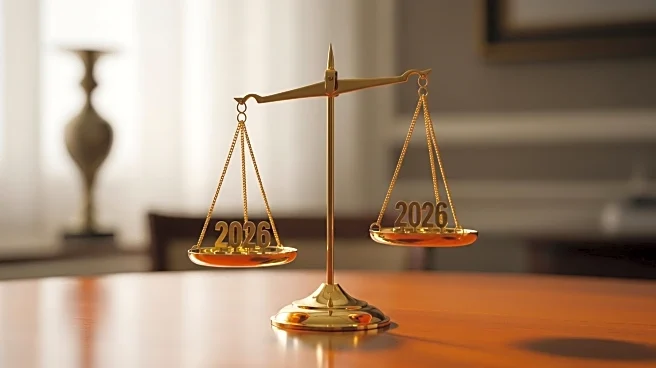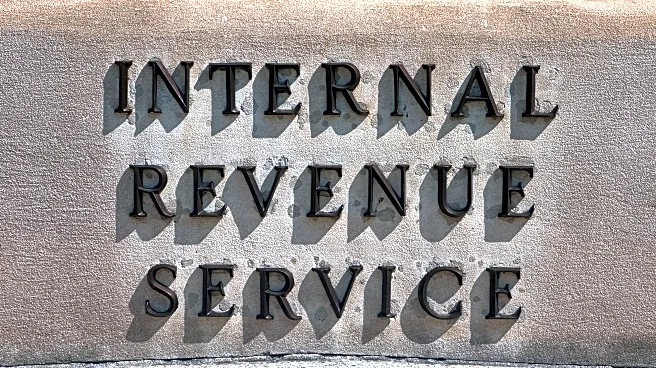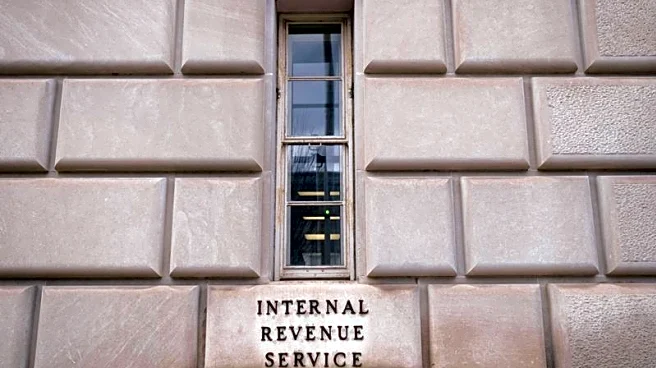What's Happening?
The IRS has released updated federal income tax brackets and standard deductions for the 2026 tax year. The tax rates remain unchanged, but the income thresholds for each bracket have been adjusted to account for inflation. The standard deduction for single filers will increase to $16,100, while married couples filing jointly will see their deduction rise to $32,200. These adjustments are part of the IRS's annual inflation updates, which aim to prevent 'bracket creep,' where inflation pushes taxpayers into higher tax brackets.
Why It's Important?
These changes are significant as they impact how much taxpayers will owe when filing their taxes. By increasing the income thresholds, taxpayers can earn more before moving into a higher tax bracket, potentially reducing their tax liability. The adjustments also reflect the ongoing impact of inflation on the economy, ensuring that taxpayers are not unfairly penalized by rising costs. The changes could provide relief to many Americans, particularly those in lower income brackets.
What's Next?
Taxpayers should prepare for these changes when planning their finances for the upcoming year. The IRS's adjustments will be in effect for the 2026 tax year, with returns filed in 2027. Taxpayers may need to adjust their withholding or estimated tax payments to align with the new brackets and deductions. Additionally, the IRS's announcement comes amid a government shutdown, which may affect the agency's operations and taxpayer services.
Beyond the Headlines
The adjustments are part of a broader trend of tax policy changes aimed at addressing economic challenges. The One Big Beautiful Bill Act, which made permanent many provisions of the 2017 Tax Cuts and Jobs Act, plays a role in these updates. The Act's provisions, including increased deductions for seniors, reflect efforts to provide targeted relief to specific groups, highlighting the intersection of tax policy and social welfare.












